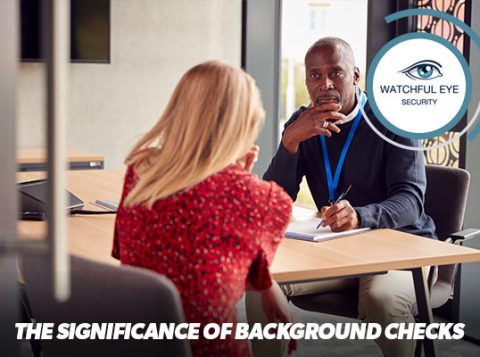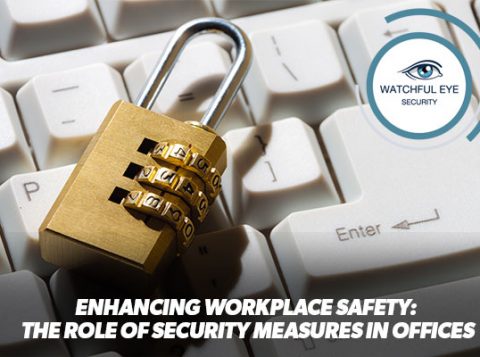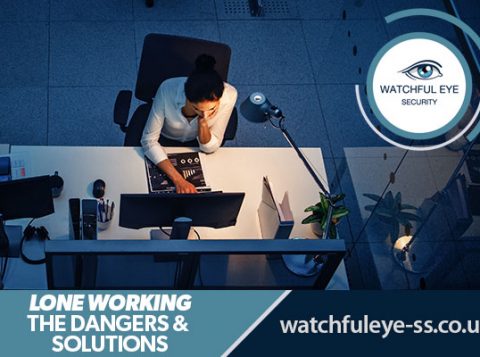
The case for robust medical training for security staff
You will often find Watchful Eye Security operatives at events and sensitive areas who, while ensuring the security of the area can also provide key information and assistance in emergency situations. There is talk recently of a higher requirement of security officers to receive advance medical training and act as first respondents.
In corporate executive protection and other areas of security, there is a push to integrate more advanced medical training into traditional security training. The basics of CPR/AED education is no longer adequate for some clients and more advanced training may give security professionals an edge in the industry. Security providers with advanced medical training, such as EMTs and paramedics, are becoming more relevant in the industry. With the increasing demand for security services by executives, corporations, and high-net-worth individuals, security teams have a big opportunity to advance their medical skill-sets and provide greater value to their organisation.
Clients are pushing the demand, with CEOs and corporate executives older in age or with medical conditions and younger executives traveling abroad or engaging in high-risk activities.
Some executives travel with families and friends. All clients’ age, gender, and medical history, determine their risk profile and how they should be cared for.
So, once you’ve decided your security teams could benefit from specialized training, how do you go about it?
What does the training looks like?
In my opinion, any security provider that is in contact with clients should have, at minimum, BLS/CPR/AED, and some form of hemorrhage control training focused on stopping external hemorrhage and basic wound care, such as TECC (Tactical Emergency Casualty Care) and TCCC (Tactical Combat Casualty Care).
It is also my opinion that each organization providing security should have some sort of medical plan as part of its operational security plan. There are many ways to set up your medical plan, but here I provide three components that I use.
First, there is the client medical assessment or a standardised process of gathering the following from clients:
- Medical History — What medical problems does the client have?
- Medications — Names and dosage of all prescription medications, as well as over-the-counter herbs or supplements.
- Allergies — Does the client have allergies to medications, foods, chemical exposures, or insect bites/stings? If so, what is the severity of the reaction?
- Previous Surgeries — Any previous surgical history that could be helpful if the client is not able to provide the history to physicians on a trip?
- Family History — Take into account the medical history of the client that may puts he or she at increased risk for heart attack, stroke, etc.
- Social History — This includes smoking, alcohol use, or non-prescription drug use.
- Baseline Vital Signs — It’s always good to have baseline resting heart rate, blood pressure, and oxygen saturation for the client.
The second part of the medical plan should include conducting a medical threat assessment, which is determining the client’s biggest medical condition or injury risks that could occur based on the person, location of travel or movement.
The third aspect of the medical plan is conducting a medical advance, which assesses medical needs/assets available during client movement.
It’s important to note that medical plans will change based on travels to another city, state, or country, cruising international waters, or being in a rural part of the country with minimal to no backup medical support.
With such a detailed medical assessment done, a determination of the need for having an advanced medical provider on the security detail can be made based on these three pillars of the medical plan as a part of the overarching operational security plan.
So how do you accomplish this?
The Practical Steps
Implementing a medical program within the security organization is not that complicated but does entail the proper medical direction and oversight, medical compliance, and hiring and/or training of personnel.
Medical Teams, which provide EMT and paramedic-level care must be certified by the National Registry of Emergency Medical Technicians (NREMT) and licensed in the state they are based. They also must be under direct or indirect medical control and supervision by a physician whose training and competency are in line with the medical care and scope that the security team is able to provide.
Those security companies who train to the level of CPR/BLS/AED//TCCC/TECC legally do not need medical direction to provide those services as they are considered basic skills that do not fall under the advanced scope of practices that fall under the umbrella of each state’s Emergency Medical Services Authority.
There are many small security organizations where it will not be feasible to hire EMTs, Paramedics, and a Medical Director to oversee the medical operation. That being said, as an industry, we must find solutions to help such organizations thrive if they want an advanced medical provider to augment their team.
One option for these smaller security organizations is they can work with a third-party security company that employs medical providers who are cross-trained in security operations. These third parties will have their own medical direction and can provide advanced medical providers with the proper oversight to security details whose medical plan warrants advanced medical assets.
On the other hand, there are many large corporations that have corporate executive protection programs or security functions with a large number of employees, who also contract third parties for their medical providers. I do see a culture shift where these security teams and privately owned or public corporations are starting to bring advanced medical providers in-house with medical direction.
The three most common ways to bring medical providers in house are:
- Hiring medical professionals who have worked in the field of EMS, as EMTs or paramedics, who can be trained in security operations and provide both security and medical.
- Selecting security professionals who have a desire and aptitude to be trained and be put through EMT or paramedic school.
- Hiring medical providers without any security background who can augment a security detail.
For security organisations, it’s not a simple endeavour to integrate advanced medical personnel into a security detail, but I do see it becoming the gold standard. From the proverb that dates to the 1600s, “where there’s a will, there’s a way.”

























































































































































